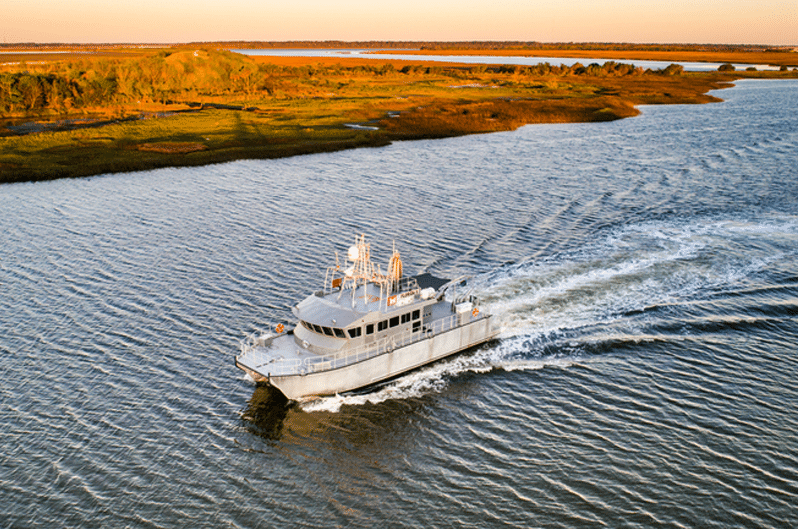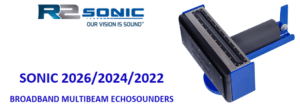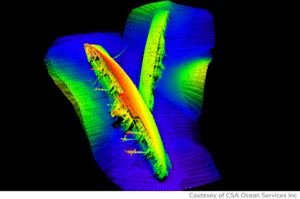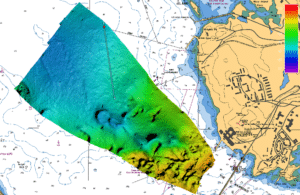This question comes up all the time and it is a two prong question:
- The capabilities of the sonar versus speed
- The along track coverage
The Sonic series was designed to promote laminar flow over both the receiver and the projector. This is why, with the Sonic 2022, 2024 and 2026 the projector is at different depth than the receiver so that both are in areas of laminar flow.
The major factor that puts a physical limit on the speed of survey is the mounting of the sonar, not the sonar itself.
With an over the side pole, any vibration of that pole will cause bad data. There is also the issue of the pole flexing when the vessel is at speed. How robust the mounting of the sonar is, is the major physical factor in how fast a survey speed can be maintained.
Installations, with hull mounted sonars, have been able to survey at 20 knots and greater with R2Sonic multibeam echosounders.
The second part of ‘How Fast Can I Survey’ is the alongtrack sounding density. The ping rate is controlled by the Range setting (and sound velocity). The water depth and sector size control the Range; the only variable here is the sector size. The narrower the sector the shorter the range; the wider the sector the longer the range has to be.
Speed is measured in knots (one nautical mile an hour); a nautical mile is 1852 metres. To determine the along track sounding density, the speed is converted to metres per second by dividing speed by 3600. As an example:

With the speed in metres per second, the along track sounding density can be computed based on the ping rate table in the manual. The ping rate is given in Hertz (cycles per second). Let us say the Range setting is 30 metres, with that Range setting, the ping rate (based on a sound velocity of 1500m/s) is 21.1Hz.
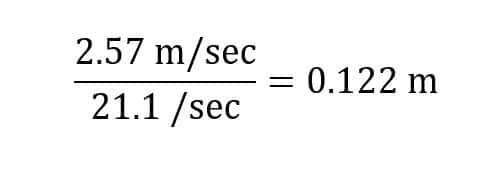
There will be an along track sounding every 0.122m.

